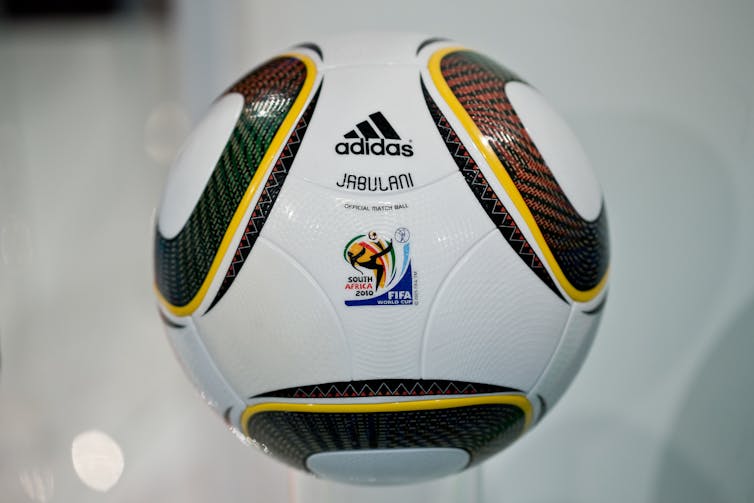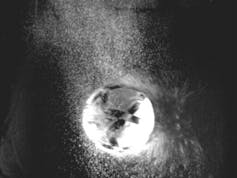Dr. John Eric Geoff is a sports physicist, who currently conducts sports physics research at the University of Lynchburg located in Lynchburg, Virginia. Dr. Geoff graduated from Vanderbilt University in 1992 with a Bachelor’s Degree in Physics and Mathematics and later got a Ph.D. in Physics with his thesis on “Theory of Photon Drag Effect in Simple Metals” which he completed at the University of Indiana. Since acquiring his Ph.D., Dr. Geoff has published numerous journal articles with topics ranging from the Tour De France to the current World Cup in Qatar.

Dr. Geoff currently researches computational electrodynamics, which is essentially modeling an electromagnetic field within an environment as it relates to that object in the environment. In past years, he has written articles on head collisions and acceleration of male lacrosse players, which is similar to the football problem we discussed in class. Interestingly, he has also worked to create prediction models for college football teams as well as the Tour De France for racing and competing. Aside from his current research, Dr. Geoff has also written a book titled Gold Medal Physics: The Science of Sports, which is meant to be an introduction to the physics of Olympic sports, while remaining at the level of introductory physics. He discusses a number of physical phenomena in sports and well-known athletic accomplishments such as David Beckham’s bent soccer kicks, Lance Armstrong’s Tour De France, Olympic diving, and many other sports. Most recently, he has published on the seam geometry, and shape of soccer balls and what effect this has on the aerodynamics of a soccer ball.


I found Dr. Geoff through an article entitled “World Cup: This year’s Al Rihla ball has the aerodynamics of a champion, according to a sport’s physicist.” As Dr. Geoff notes in the article, one of the most important aspects of the soccer ball is how it travels in the air as many amazing plays actually happen while it is in the air. He discusses the importance of the boundary layer which is essentially the layer of air that is just around the outside of the ball, which expands when the ball is traveling at higher speeds and is only concentrated around the front of the ball at the lower speeds. Interestingly, Dr. Geoff notes that a rougher ball has less drag resistance, which may seem counterintuitive. To account for this, the current ball called the Al Rihla ball has wider and deeper seems than previously and therefore is able to travel through the air more easily with less drag. As someone who watches a lot of soccer and is particularly excited about the world cup, it was interesting to read about how the soccer ball this year is different from previous World Cups. This article has much more to offer besides just the work of Dr. Geoff, so I have attached it below!
No comments:
Post a Comment
Note: Only a member of this blog may post a comment.